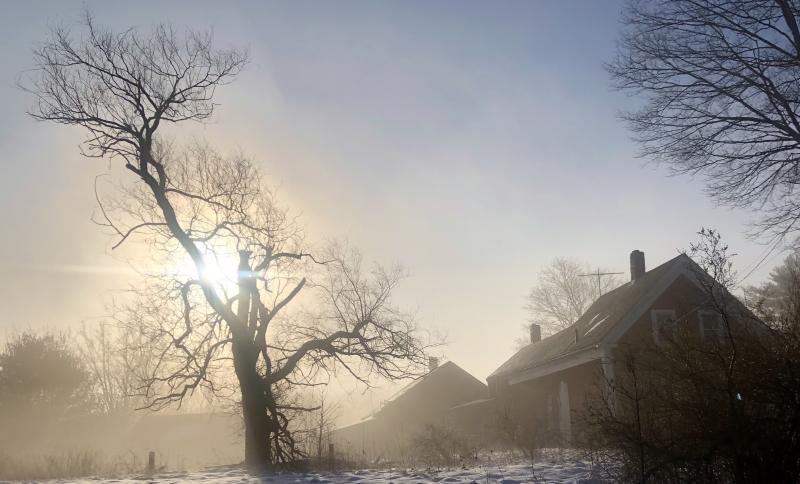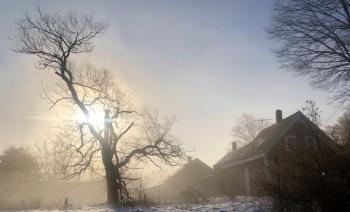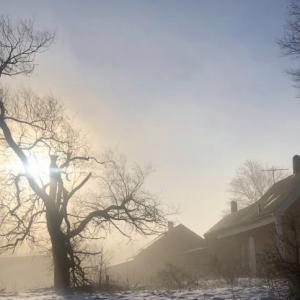Winter solstice arrives, as does the ‘great’ Jupiter-Saturn conjunction (1:20 p.m.), a phenomenon not seen in 794 years
The shade of winter will fall on the Midcoast at approximately 5:02 a.m., Dec. 21. The solstice marks that moment when the North Pole is tilted at its most distant position away from the sun, and Winter 2020-2021 officially begins.
It is a particularly good time to celebrate, because what follows is the Northern Hemisphere’s gradual tilt back toward the sun, to longer days, spring and summer.
And one the same day, there will be the spectacular conjunction of two planets, Saturn and Jupiter.
It is closest great conjunction of Jupiter and Saturn in 397 years, and they will be seemingly touching low in the western sky. The height of the conjunction will be at approximately 1:20 p.m. for those in Maine. We won’t see it then, and cloud cover is anticipated all through the evening, but Tuesday early evening should offer good viewing opportunities.
Look to the low western sky and you will spot the two planets, Jupiter the brighter one in front, with Saturn slipping close in above it.
“The December 21, 2020 conjunction will be the closest great conjunction since July 16, 1623,” according to timeanddate.com. “At the great conjunction of 1623, Jupiter and Saturn were slightly less than 0.1 degrees apart. However, this event would have been difficult—although not impossible—to observe since the two planets were near the Sun. The last time that the two planets were easily observable when separated by less than 0.1 degrees was almost 800 years ago, during the great conjunction of 1226.”
On Dec. 21, the skies will lighten with civil twilight at 6:38 a.m. and descend into darkness at 4:36 p.m. — Civil twilight, as defined by sunrisesunset.com, is: “when the sun is 6 degrees below the horizon. In the morning this is known as dawn, in the evening it is called dusk. This is the limit at which twilight illumination is sufficient, under good weather conditions, for terrestrial objects to be clearly distinguished; at the beginning of morning civil twilight, or end of evening civil twilight, the horizon is clearly defined and the brightest stars are visible under good atmospheric conditions in the absence of moonlight or other illumination. In the morning before the beginning of civil twilight and in the evening after the end of civil twilight, artificial illumination is normally required to carry on ordinary outdoor activities.”
But the sun on Dec. 21 will officially rise at 7:12 a.m. and set at 4:03 p.m.
Here on the 44N parallel, we know that the skies begin to darken around 3:30 p.m. It’s that six-week reality check from through November and December.
Welcome, Winter! Let’s see what you’re made of this year.
Event Date
Address
United States

























